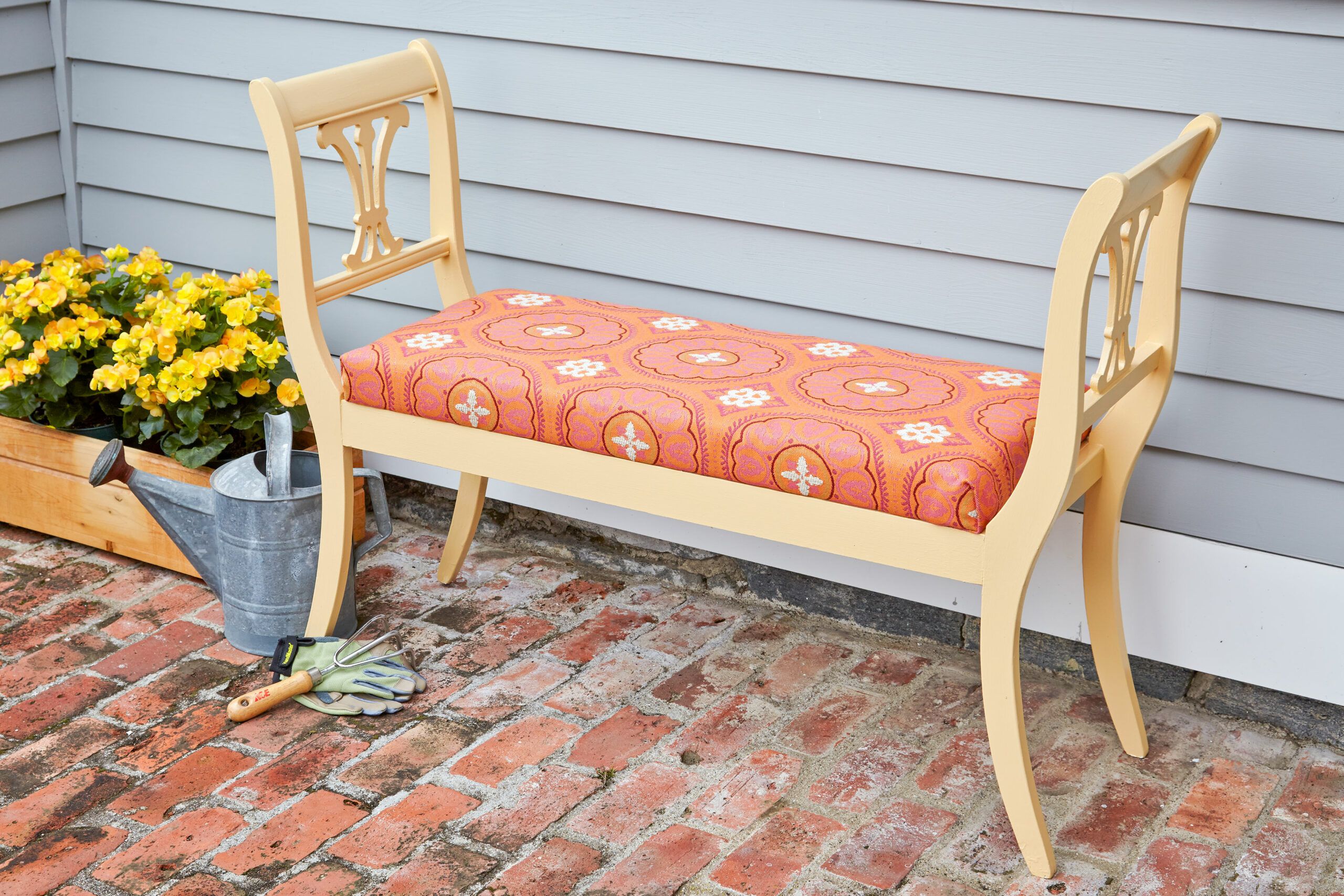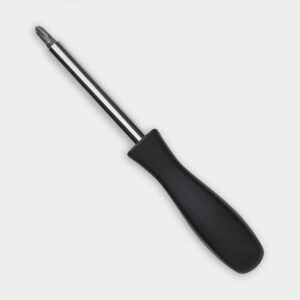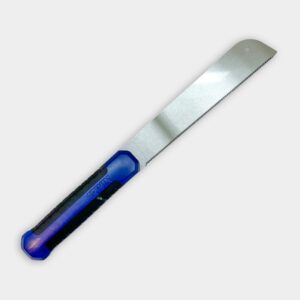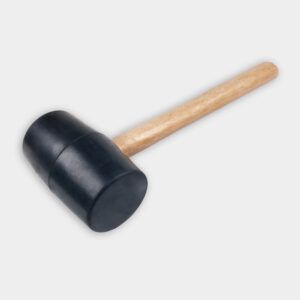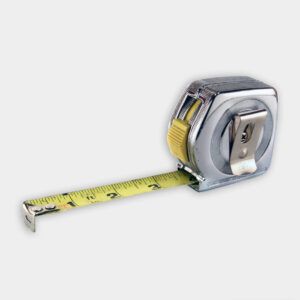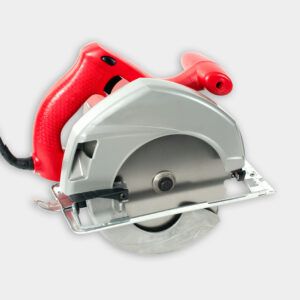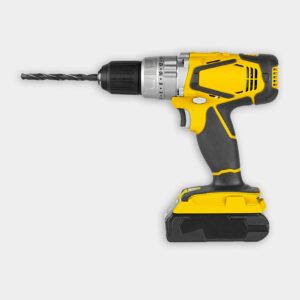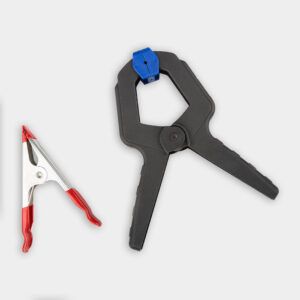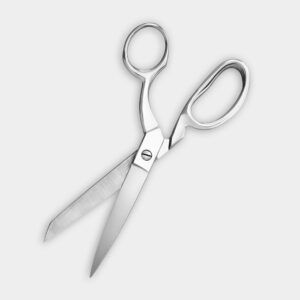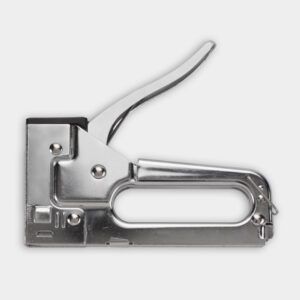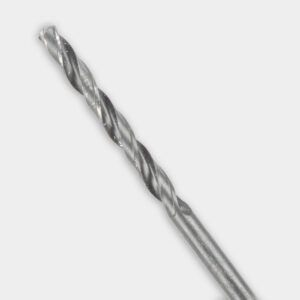By repurposing vintage chairs into an outdoor bench, you can create a unique and functional seating option for your porch, patio, or garden. This guide will walk you through the process of selecting suitable chairs, gathering necessary materials, and constructing a sturdy bench that will withstand outdoor conditions.
Finding and Selecting Your Materials
This project really allows you to customize the look of the bench to your liking by selecting the chairs that will form the base, the paint, and the upholstery.
Identifying Suitable Chair Styles
When searching for chairs to transform into an outdoor bench, look for styles with contoured backs and sturdy rear legs. Harp-back chairs, often found in secondhand stores and flea markets, are excellent candidates for this project. These chairs typically feature stylish, curved backs that add visual interest.
Assessing Chair Condition and Stability
Carefully examine potential chairs for any signs of damage or instability. Focus on the following aspects:
- Rear legs: Ensure they are fully intact and free from cracks.
- Chair backs: Look for solid construction without loose joints or missing pieces.
- Overall condition: While the finish and upholstery aren’t critical (as you’ll be removing and replacing them), the chair’s structure should be sound.
Choosing the Right Outdoor Paint
Select an exterior latex paint that will withstand outdoor conditions. Consider factors such as:
- UV resistance to prevent fading
- Moisture resistance to protect against rain and humidity
- Flexibility to accommodate wood expansion and contraction
A semi-gloss finish is often a good choice for outdoor furniture as it’s easier to clean and provides some sheen.
Selecting Upholstery
Upholstery can add lots of style and color to your project. Here are some things to look for to help you find the right fabric:
- Water and UV resistance: Look for water-resistant or waterproof fabrics to protect the cushions from rain and humidity and help to prevent mold and mildew growth. If your bench is exposed to a lot of sunlight, a UV-resistant fabric will hold its color better over time.
- Color and pattern: Choose colors and patterns that complement your outdoor space. Keep in mind that darker colors might fade more slowly than lighter ones, and bold patterns can add a lively touch to your bench.
- Ease of cleaning: Select a fabric that is easy to clean by wiping down with a wet cloth.
Tools and Materials for Benches
Before getting started, gather everything you need to make things go smoothly:
Tools for Disassembly and Construction
- Screwdriver
- Flush-cutting saw
- Wood or rubber mallet
- Tape measure
- Circular saw
- Drill/driver with countersink bit
- Clamps
- Scissors
- Staple gun
- Drill bits (1/4-inch and 1/8-inch)
- Sandpaper (60, 150, and 220 grit)
Materials Needed for the Bench
- Two dining chairs (harp-back style or similar)
- 1×3 lumber for the seat frame
- Plywood for the seat base
- Exterior wood screws (1 1/4-inch and 2-inch)
- Zinc-plated corner braces
- Wood glue
- Wood filler
- Exterior latex primer and paint
- Seat foam
- Polyester batting
- Weather-resistant outdoor fabric
- Spray adhesive
- Staples
Steps To Build an Outdoor Bench From Dining Chairs
Step 1: Remove the seats
- Flip the chairs over and locate the hardware used to fasten the seat and upholstery to the frame.
- Use a screwdriver to unscrew any fasteners and remove each seat top.
- Use a flush-cutting saw to carefully cut the seat sides off each chair where the sides meet the back. This type of saw cuts on the pull stroke, so start each cut near the handle and pull firmly toward you.
- Repeat to cut off the cross-supports near the feet of each chair.
Step 2: Remove the frame
- Lay a chair upside down on a large work surface, with the back flush against the side of the work area.
- Hold the chair’s back and use a wood or rubber mallet to knock the front of the chair free, separating the joints near the corners of the seat, as shown.
Step 3: Assemble the platform
- Cut the 1x4s and plywood according to the cut list (found at bottom of this page).
- Drill and countersink five pilot holes in the poplar 1×4 end pieces (as shown), and use 1¼-inch exterior wood screws to fasten the bench ends to the inside of each chair back, where the seat previously fastened to the frame.
- Clamp the 1x4s for the front and back pieces of the seat frame in place, and secure them to the ends with the zinc-plated corner braces. These braces hold the frame together and provide holes so that you can later fasten the seat to the top of the bench.
Step 4: Install cross-supports and reinforce the frame
- On the underside of the front and rear frame pieces, drill ¼-inch pilot holes at 45-degree angles through each end and into the chair backs; fasten with two-inch exterior wood screws.
- Cut a piece of 1×3 to fit across the center of the bench frame as a cross-support.
- Apply wood glue to the ends of this cross-support piece.
- Carefully position the cross-support across the center of the bench frame.
- Use a mallet to gently tap it into place, ensuring it’s snug against the front and back frame pieces.
Step 6: Prep the surface for paint
- Fill any gaps or cracks in the chair backs or legs with wood filler and allow to dry.
- Sand those spots smooth with 150-grit paper.
- Use 60-grit paper to remove any protrusions where a cross-support previously attached to each chair back.
- Prep the entire bench for painting by sanding with 220-grit paper. Wipe clean with a rag to remove dust.
Step 7: Paint the bench
- Apply latex primer to the entire bench, making sure to conceal any wood grain or stain on the chair backs.
- Depending on the original finish of the chairs, it may be necessary to apply multiple coats.
- Paint the bench frame with two coats of exterior latex paint and allow it to dry.
- For added protection, consider applying a clear, water-resistant sealant over the painted surfaces.
- If you’ve used untreated wood for any part of the bench, apply a wood preservative to these areas to prevent rot and insect damage.
Step 8: Affix the foam to the seat
Spray the plywood seat bottom with spray adhesive, and place the seat foam on top, aligning the edges carefully so that they’re flush. Allow it to dry in place.
Step 9: Cut the upholstery fabric to fit
- If your fabric has a pattern, you’ll need to align it on the seat before cutting the fabric to fit.
- Lay the polyester batting, then the weatherproof outdoor fabric atop the foam-covered board, adjusting so that the pattern is where you want it.
- Flip the whole thing over and cut the fabric to fit, leaving an extra 4 inches on all sides of the seat.
Step 10: Upholster the seat
- Starting at the center of one long side, fold the fabric and polyester batting up, tuck in the raw edges, and staple the material in place with a staple gun.
- Repeat on the side opposite the first staple, pulling the fabric taut but not overly snug before stapling in place.
- Do the same to the two short ends, then fill in the remaining sides with staples about an inch or so apart.
- To create clean corners, fold the fabric and batting as you would when wrapping a gift, cutting off excess material so that the corners lie square and neat, then staple in place.
Step 11: Attach the seat
- Place the upholstered seat on top of the bench, with each end flush with the front and back.
- Drill ⅛-inch pilot holes up through the corner braces on the bench frame and into the wood seat frame.
- Fasten the seat in place with ⅝-inch wood screws
Our Conclusion
Building an outdoor bench from dining chairs is a rewarding DIY project that combines creativity with practicality. By repurposing old furniture, you’re not only creating a unique piece for your outdoor space but also engaging in an eco-friendly practice. The process allows you to customize the bench to your specific needs and aesthetic preferences, resulting in a one-of-a-kind addition to your porch, patio, or garden.
